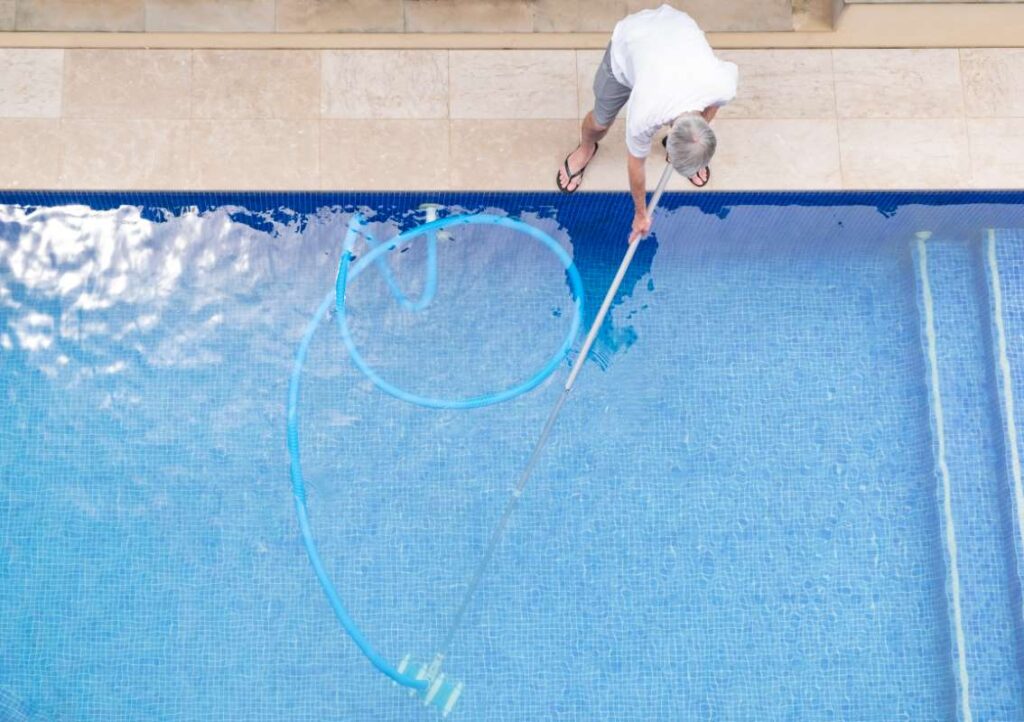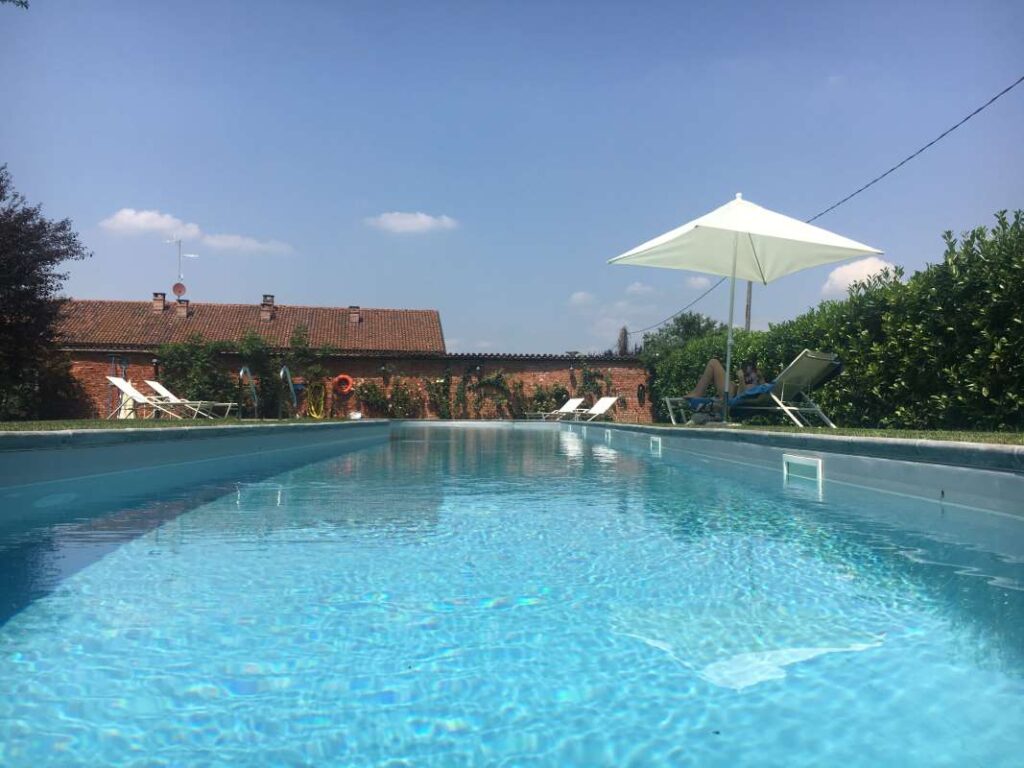Reclaiming Graywater from Home Systems for Pool Use
Discover how to effectively reclaim graywater from your home systems for pool use, promoting sustainability and reducing water costs.
This blog post explores the innovative practice of reclaiming graywater from household systems for pool use. As sustainability becomes a pressing concern, reusing graywater not only conserves fresh water but also offers a potential cost-saving solution for pool maintenance. We will delve into the types of graywater, the processes involved in reclaiming it, the benefits and challenges, and practical tips for homeowners seeking to adopt this eco-friendly practice.
Introduction to Graywater and Its Importance
Graywater refers to the relatively clean wastewater generated from household activities such as washing dishes, bathing, and laundry. Unlike blackwater, which comes from toilets and contains harmful pathogens, graywater can be safely recycled for various uses, including irrigation and even pool maintenance. As water scarcity becomes a growing concern in many regions, reclaiming graywater offers a sustainable alternative that not only conserves fresh water but also reduces the environmental impact of wastewater. In this blog post, we will examine how homeowners can harness graywater for their pools, the legalities involved, and the technologies available to facilitate this practice.
Understanding the Types of Graywater
Graywater is typically classified into three categories based on its source:1. Kitchen Graywater: This water is generated from dishwashing, food preparation, and other kitchen activities. It often contains grease and food particles, making it less suitable for certain uses without proper treatment.2. Bathroom Graywater: Water from sinks, showers, and bathtubs falls into this category. It is generally cleaner than kitchen graywater and can be treated for reuse in landscaping or for pool use.3. Laundry Graywater: This is water from washing machines. Depending on the detergents used, laundry graywater can be safe for irrigation but may require additional treatment for pool use.Understanding the source of graywater is crucial because it determines the treatment process needed to make it safe for reuse, particularly in swimming pools, where water quality is paramount.
The Process of Reclaiming Graywater for Pool Use
Reclaiming graywater involves several important steps to ensure it is safe and suitable for pool use. Here’s a detailed overview of the process:1. Collection: Graywater is typically collected from designated plumbing lines. Homeowners can install a graywater system that diverts water from sinks, showers, and laundry directly into a storage tank.2. Filtration: Once collected, the graywater must be filtered to remove any solids, debris, or contaminants. Using mesh filters or sedimentation tanks can effectively achieve this.3. Treatment: Depending on the source of the graywater, additional treatment may be necessary. This can include chemical treatments or bio-filtration systems that help eliminate harmful bacteria and pathogens.4. Storage: The treated graywater can be stored in a tank until it is needed for pool filling or maintenance. It is crucial to ensure that the storage system is properly sealed to prevent contamination and odor.5. Disinfection: For use in pools, additional disinfection methods such as UV treatment or chlorination may be implemented to ensure the water meets safety standards.By understanding and following this process, homeowners can effectively reclaim graywater for pool use while ensuring the health and safety of swimmers.
Benefits of Reclaiming Graywater for Pool Use
Reclaiming graywater for pool use offers numerous advantages, including:- Water Conservation: By repurposing graywater, homeowners can significantly reduce their reliance on fresh water, contributing to broader water conservation efforts.- Cost Savings: Reducing the amount of municipal water used for filling and maintaining a pool can lead to lower water bills. This is particularly beneficial in regions where water costs are high.- Environmental Impact: Reusing graywater helps decrease the volume of wastewater entering sewage treatment systems, thereby lessening the environmental burden associated with wastewater disposal.- Enhanced Pool Health: When properly treated, graywater can be as effective as fresh water in maintaining pool levels, allowing for a more sustainable approach to pool management.- Increased Awareness: Engaging in graywater reclamation can raise awareness about water conservation practices among neighbors and within the community.
Challenges and Considerations
While there are numerous benefits to reclaiming graywater for pool use, there are also challenges and considerations that homeowners should be aware of:- Regulatory Compliance: Many regions have strict regulations regarding graywater reuse. Homeowners should check local laws and guidelines to ensure compliance before implementing a graywater system.- Maintenance Needs: Graywater systems require regular maintenance and monitoring to ensure they function correctly and remain sanitary. This includes cleaning filters, checking for clogs, and monitoring water quality.- Potential Contaminants: Depending on the source, graywater can contain harmful substances, such as soaps and detergents. It’s essential to choose appropriate cleaning products that are biodegradable and safe for water reuse.- Initial Costs: Setting up a graywater reclamation system can involve an initial investment in plumbing, filtration, and treatment technologies. However, these costs may be offset by long-term savings on water bills.- Education and Training: Homeowners may need to invest time in learning about proper graywater system operation and maintenance to maximize efficiency and safety.
Best Practices for Implementing a Graywater System
To successfully reclaim graywater for pool use, homeowners should consider the following best practices:- Consult Experts: Engage with professionals who specialize in graywater systems to ensure proper installation and compliance with regulations.- Choose the Right System: Depending on the home’s plumbing layout and the types of graywater generated, select a system that best fits your needs, whether it’s a simple diversion system or a more complex treatment setup.- Monitor Water Quality: Regularly test the graywater for contaminants, especially before introducing it into the pool. Ensuring the water meets health standards is vital for swimmer safety.- Educate Family Members: Ensure all household members understand the graywater system, including what can and cannot be disposed of in sinks and showers to minimize contamination.- Stay Updated on Regulations: Water reuse regulations may change over time; staying informed ensures ongoing compliance and safety.- Consider a Hybrid Approach: For those looking to maximize water efficiency, consider combining graywater use with rainwater harvesting systems to augment pool filling and maintenance efforts.
Conclusion
Reclaiming graywater from home systems for pool use not only promotes sustainability but also offers a practical solution to the growing challenge of water scarcity. By understanding the types of graywater, the reclamation process, and the necessary precautions, homeowners can effectively implement a system that not only benefits their wallets but also the environment.As water conservation becomes increasingly vital, adopting graywater reuse practices is more than just a trend; it’s a responsible choice for a sustainable future. If you’re considering making the switch, start by researching suitable graywater systems and explore how these innovations can transform your pool maintenance routine while contributing positively to the planet. To learn more about how to get started, check out our
Pool Routes How It Works and
Pool Routes Training resources. Together, we can make a difference in water conservation and create a greener future for our communities.



